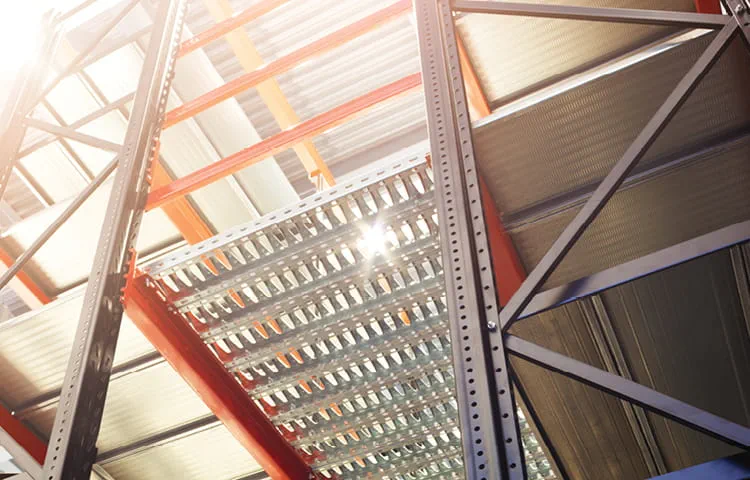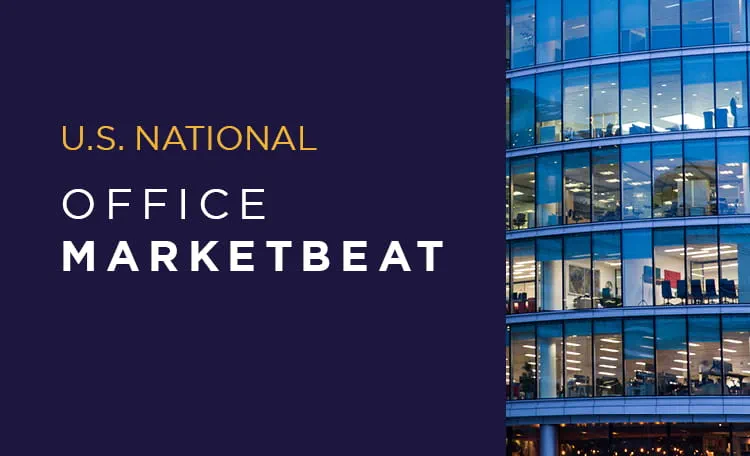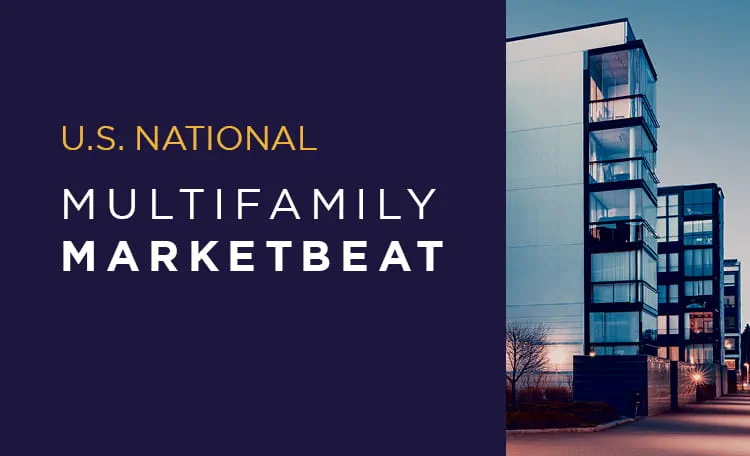For the data behind the commentary, download the full Q3 2025 U.S. Industrial Report.
Resilient Demand Amid Economic Uncertainty
The U.S. industrial market remained fundamentally healthy in the third quarter despite headwinds such as cooling consumer spending, higher tariffs, policy uncertainty, and a softening job market. Even with these challenges, quarterly net absorption climbed by 30% QOQ to 45.1 msf—the strongest demand-reading in more than a year. Absorption was positive in two-thirds of U.S. markets, led by Dallas-Ft. Worth, Indianapolis, Houston, Central New Jersey, Phoenix and Kansas City, which all recorded more than 3 msf of growth. Several markets that posted occupancy losses earlier in the year, including Atlanta, Central New Jersey and San Diego, returned to positive territory in the third quarter. Nationwide, 12 markets surpassed 2 msf of positive absorption, double the number from the previous quarter.
The flight-to-quality trend remains evident in the leasing data. Large corporate users are optimizing their supply chain networks by consolidating operations into newer, high-utilization regional hubs. Buildings constructed since 2020 have registered 196 msf of net growth YTD, while older, less functional facilities have posted 88 msf of negative absorption.
Rent growth continues to moderate, rising by 1.7% YOY compared to 4% in 2024. Rent growth was positive in 57% of U.S. markets tracked by Cushman & Wakefield, with 15 markets posting YOY gains exceeding 5%. Rent declines were largely concentrated in the West and Northeast regions, which were down 3.0% and 3.7% YOY, respectively. Despite these declines, national asking rents remain 60% above their pre-pandemic levels, led by the Northeast, where rents are now 92% higher than in the fourth quarter of 2019.
Lower Deliveries Keep Vacancy Flat
Slowing new supply has helped keep vacancy rates in check. Just 63.6 msf of new space was delivered during the third quarter, a 32.5% decrease from a year ago. The share of build-to-suit (BTS) product has risen steadily since the close of 2023, accounting for 31% of completions YTD. Only five markets posted more than 10 msf of new deliveries in 2025: Dallas-Ft. Worth, Phoenix, Houston, Savannah and the Inland Empire—down from 10 markets during the same period last year.
With construction starts below recent historical levels, the under-construction pipeline has fallen 13.4% YOY. The share of BTS developments now accounts for 39% of the total pipeline, an increase from 34% one year ago.
With speculative construction easing, the national vacancy rate remained stable at 7.1% QOQ and was up just 70 basis points (bps) YOY—the smallest increase since early 2023. Three of the four regions saw minimal movement in vacancy on a quarterly basis, while the West region’s vacancy rate edged up 30 bps QOQ to 7.8%.
By size segment, small-bay warehouses (under 100,000 sf) remain the tightest, with a 4.6% vacancy rate. Larger facilities (500,000 sf and greater) reported an 80-bp decline QOQ to 9.9%, thanks to major move-ins and BTS completions. Although tenant consolidations persist in some markets, the rate at which vacant sublease space came online remains modest, having risen by just 6% YOY. Some tenants have even withdrawn sublease listings to accommodate inventory overflow or expansion needs.
For the data behind the commentary, download the full Q3 2025 U.S. Industrial Report.








